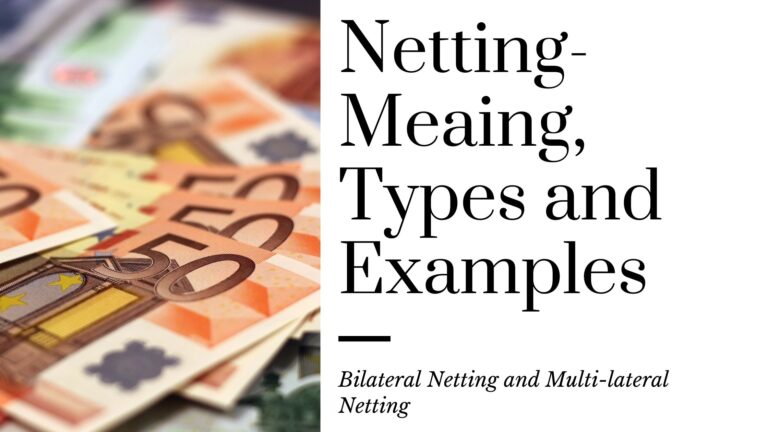Table of Contents
Understanding of Foreign Exchange Risk
Foreign Exchange Risk means risk of losses that an organization or government may incur due to fluctuation in exchange rate.
Foreign exchange risk arises when a company or country engages in financial transactions denominated in a currency other than the currency where that company is based.
For Example, The Indian government places order for crude oil from USA. Hear Indian government will have to pay the price in $ to USA. Base currency for Indian Government is Rupees ( ₹ ). In this contract the Indian Government is involved in a transaction denominated in a currency other than the base currency therefore, there is risk of loss due to fluctuation in foreign exchange rate.
Suppose, the Indian Government placed order for $ 1000 Crores. The exchange rate at the time of contract was 1$ = ₹75. The government paid the amount on supply after 2 months. But after 2 month the rate of exchange was 1$ = ₹ 78.
In above case the Government of India will bear loss of Rs. 3000 crore ( $1000 * (78 – 75)).

Hedging Forex Risk
A hedge is a tool that is used to mitigate the future or possible loss. Hedge works like insurance against loss due to fluctuation in exchange rate.
Forex Risk Management
Foreign exchange risk management can be referred as applying various methods or techniques to reduce the risk of forex loss. Managing forex risk can successfully reduce firm’s foreign exchange exposure. Following are the steps of managing forex risk-
- Identify the type of foreign exchange risk or exposure (Transaction Risk, Economic Risk or Translation Risk)
- Hedge the risk using various hedging techniques
- Evaluate and observe the exposures periodically and adjust accordingly
Types of Forex Risk
There are three types of Foreign Exchange Risk-
Transaction Risk
This type of risk arises when a company enters into a transaction or contract for buying something with a company established in another country. Such transactions are priced in currency of foreign company. If the currency of foreign company appreciates then that affects adversely the domestic company. In such scenario the domestic company will have to pay the higher price.
Translation Risk
Translation Risk is also known as accounting risk. Translation risk arises when financial statements and other book records maintained by a subsidiary or related entity, which are denominated in foreign currency (books and records), are translated to home currency.
If exposed assets are greater than exposed liabilities then depreciation of foreign currency will cause losses to the company and appreciation will result in exchange gain. Similarly, if exposed liabilities are greater than exposed assets then depreciation of foreign currency will lead to exchange gains and appreciation will cause losses.
Economic Risk
Economic risk arises due to unexpected change in value of foreign currency. Economic risk considers the effect of unexpected changes in exchange rate on net present value of expected future cash flows.
Multinational companies or companies having multiple subsidiaries in different countries are more exposed to economic risk. As compared to Transaction Risk and Translation Risk, measurement of economic risk is complex. Economic Risk is the broader and more subjective concept.
Foreign Exchange Exposure vs. Foreign Exchange Risk
For a better understanding of the concept of foreign exchange exposure we need to differentiate Foreign Exchange Exposure and Foreign Exchange Risk.
Foreign Exchange Exposure is Income, Expenses, Accounts Payable, Accounts Receivable, cash flows or any other Asset and Liabilities of the company denominated in foreign currency. Foreign Exchange Risk is change in the value of the above transactions, assets and liabilities due to fluctuation in exchange rate.




